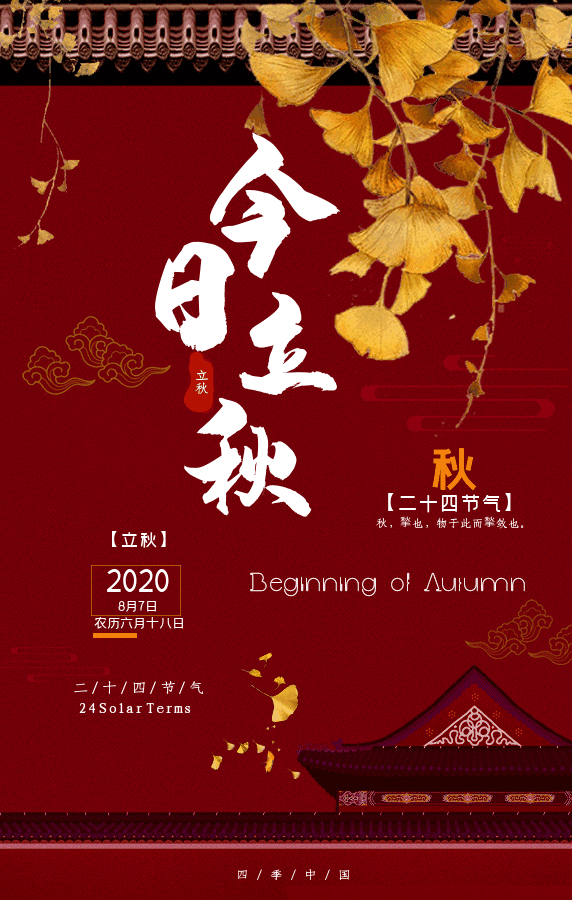
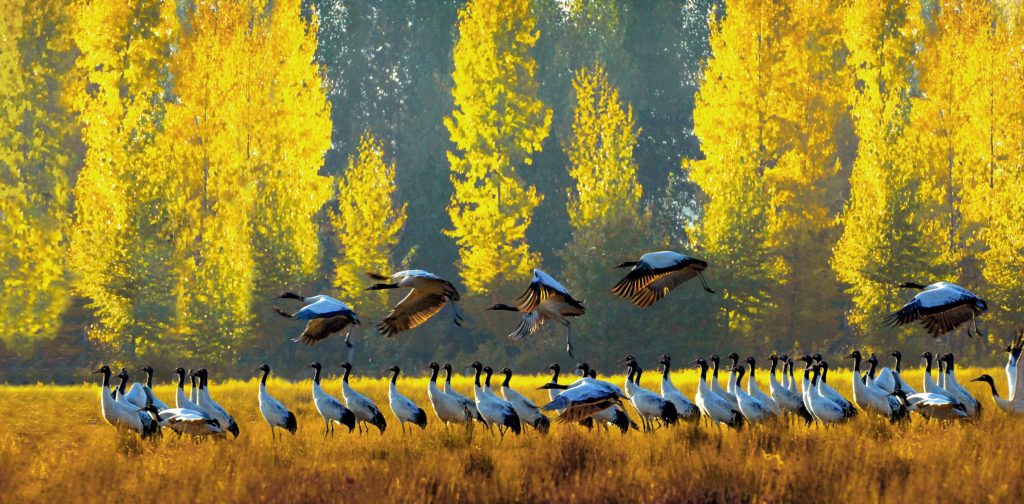
Home of Black-necked Crane, Weining county, Guizhou province
Liqiu (Beginning of Autumn), the thirteenth of 24 solar terms, falls on the 18th of the sixth month of Chinese lunar calendar, which is August 7 this year. Liqiu signifies the end of summer and ripening of crops. Chinese ancients are inclined to be sorrowful in autumn – a sense of desolation and melancholy emerges as the autumn wind arrives, carrying away the chirping birds, fragrant spring flowers and lush summer trees. In their hearts, when autumn begins, everything starts to wither, and severe winter follows. But for Liu Yuxi, a celebrated poet in the Tang dynasty, it evokes a completely different sentiment. He says:
Since olden days we feel in autumn sad and drear,
But I say spring cannot compete with autumn clear.
On a fine day a crane cleaves the clouds and soars high;
It leads the poet’s lofty mind to azure sky.
– Song of Autumn / Translated by Xu Yuanchong
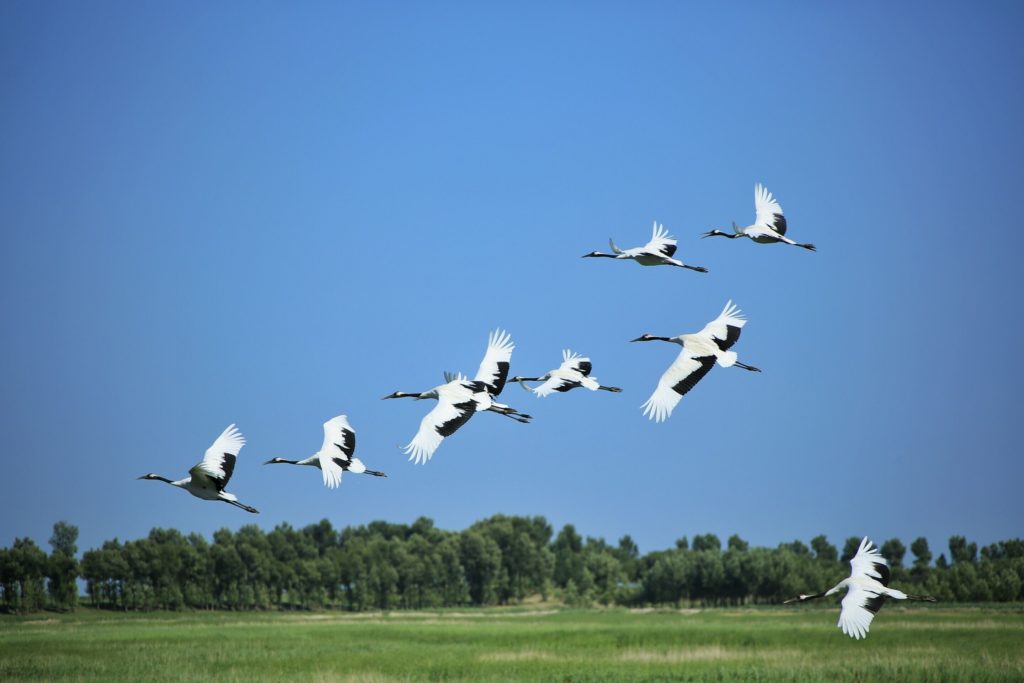
Cranes in Xianghai National Nature Reserve, Jilin province / Foto av 颜国良 Yan Guoliang
 Moon River Longevity Village, Donglan county, Guangxi Zhuang Autonomous Region
Moon River Longevity Village, Donglan county, Guangxi Zhuang Autonomous Region
Each solar term consists of 3 units ( “hou” in Chinese) with 5 days in each unit. Cool breeze comes in the first five days of Liqiu; white dew appears in the second five days and winter cicadas begin to sing in the third. However, it can still be hot around Liqiu, especially when Liqiu arrives during the three periods of the hot season this year. After the Beginning of Autumn, temperature is also expected to rise to more than 35℃ – a phenomenon literally translated as “autumn tiger”, meaning that the heat is as strong as the tiger. Moreover, the ripe fruits add a touch of color brighter than spring and summer to the world, enabling people to enjoy precious gifts of the nature.
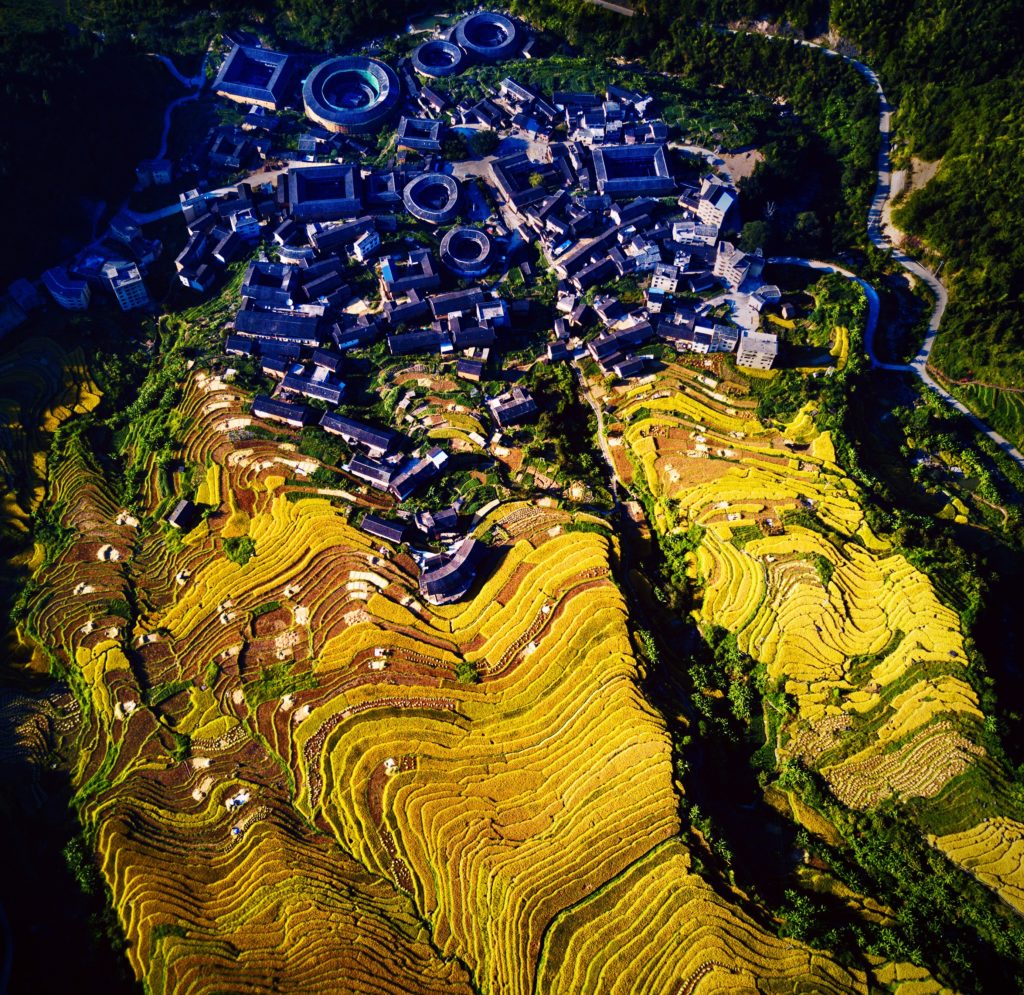 Tulou Cluster of Chuxi Village, Yongding county, Fujian province
Tulou Cluster of Chuxi Village, Yongding county, Fujian province
Offering Sacrifices
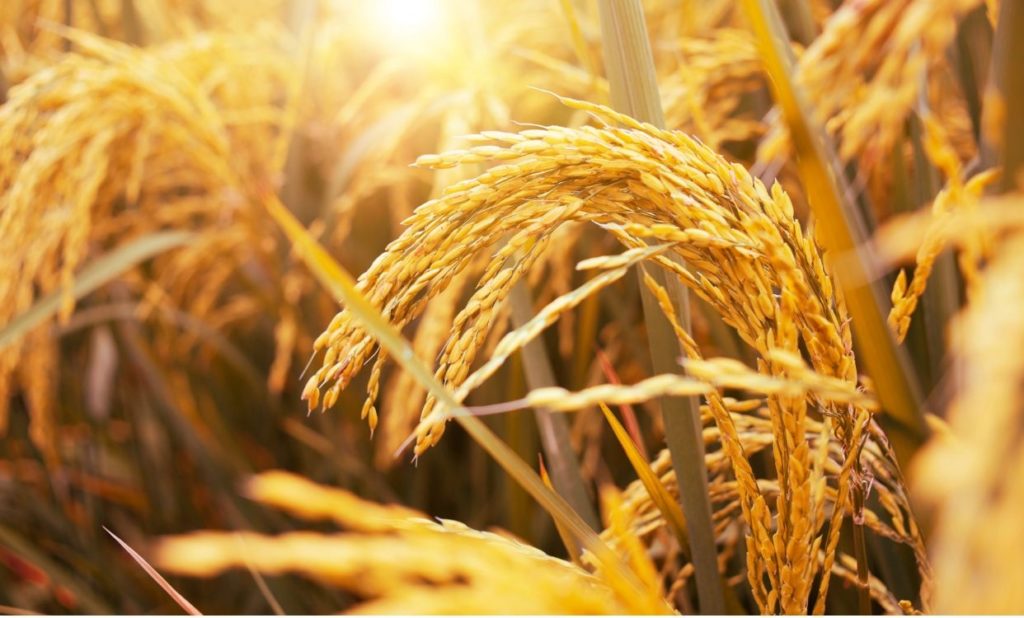
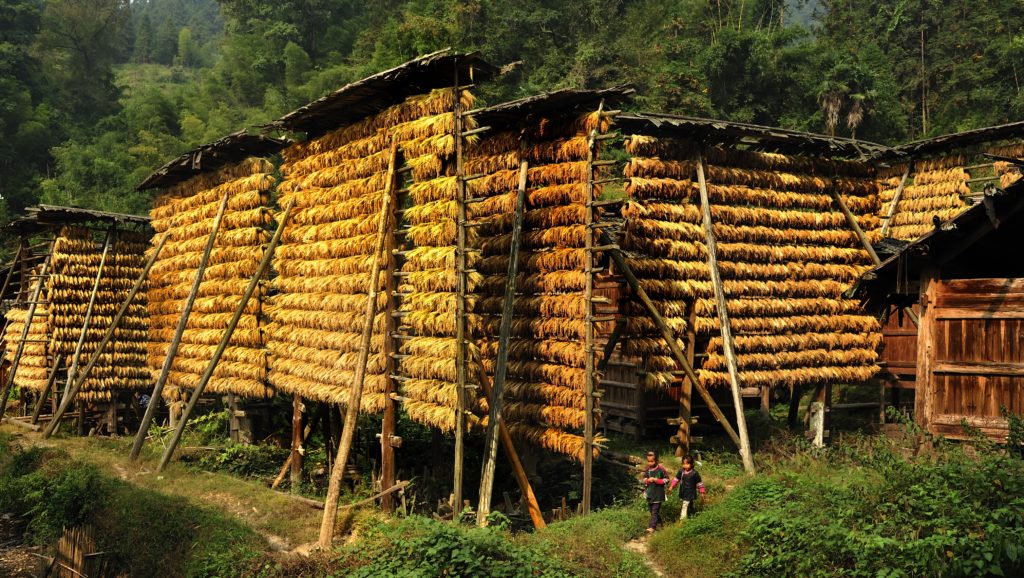
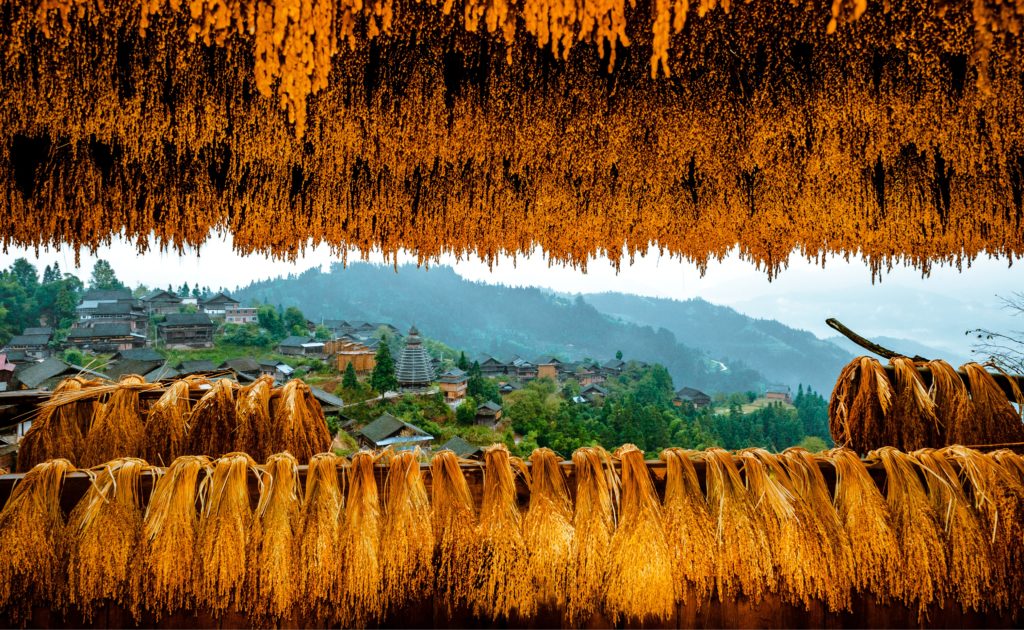
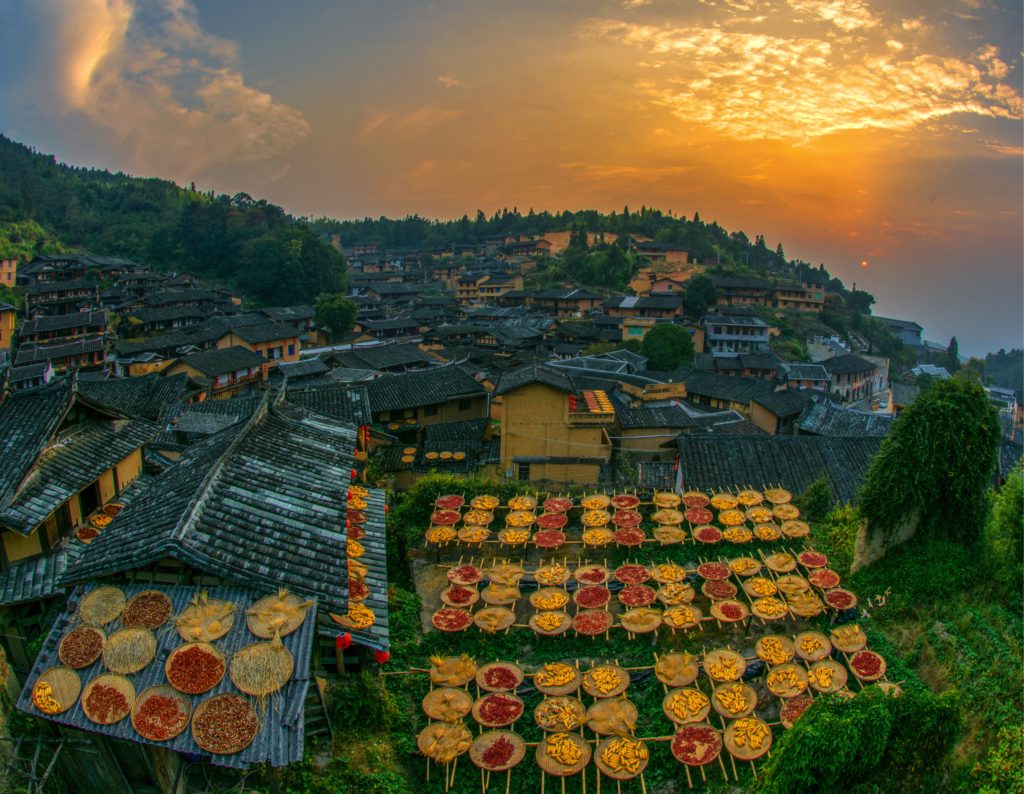 Guifeng village, Youxi county, Fujian province
Guifeng village, Youxi county, Fujian province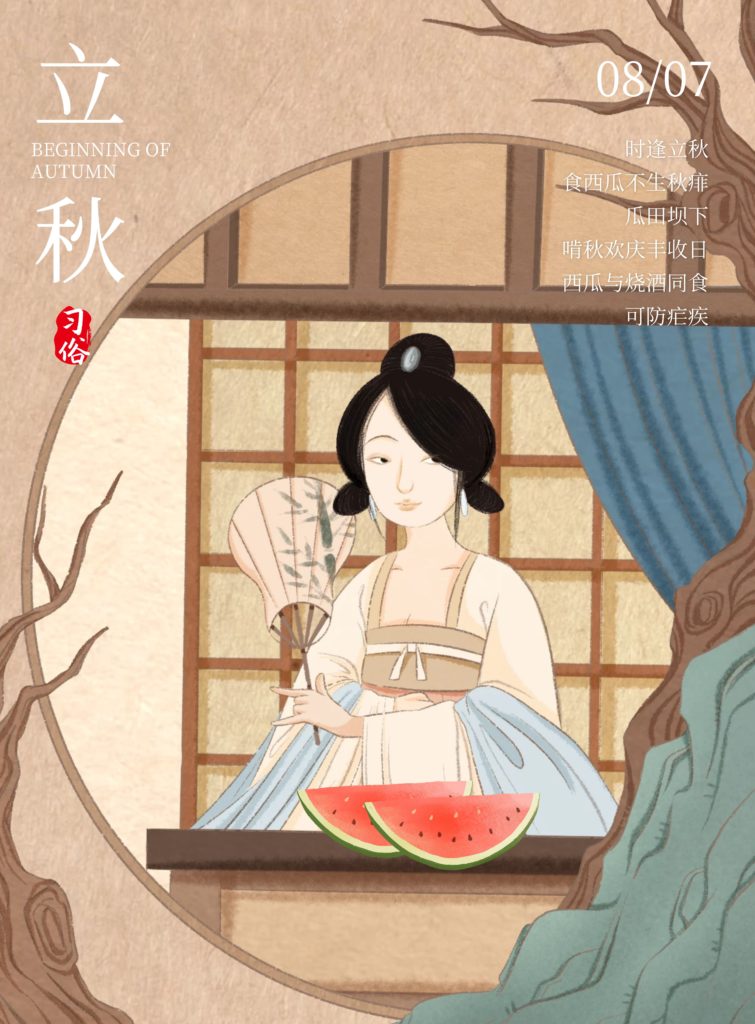
Peking Duck. World Federation of Chinese Catering Industry
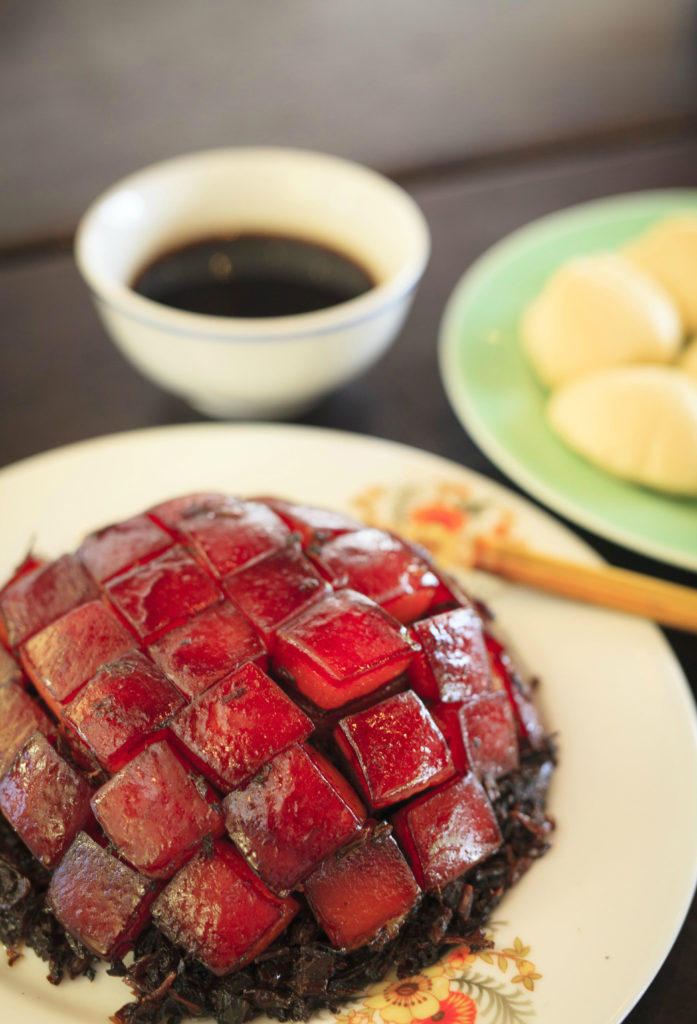
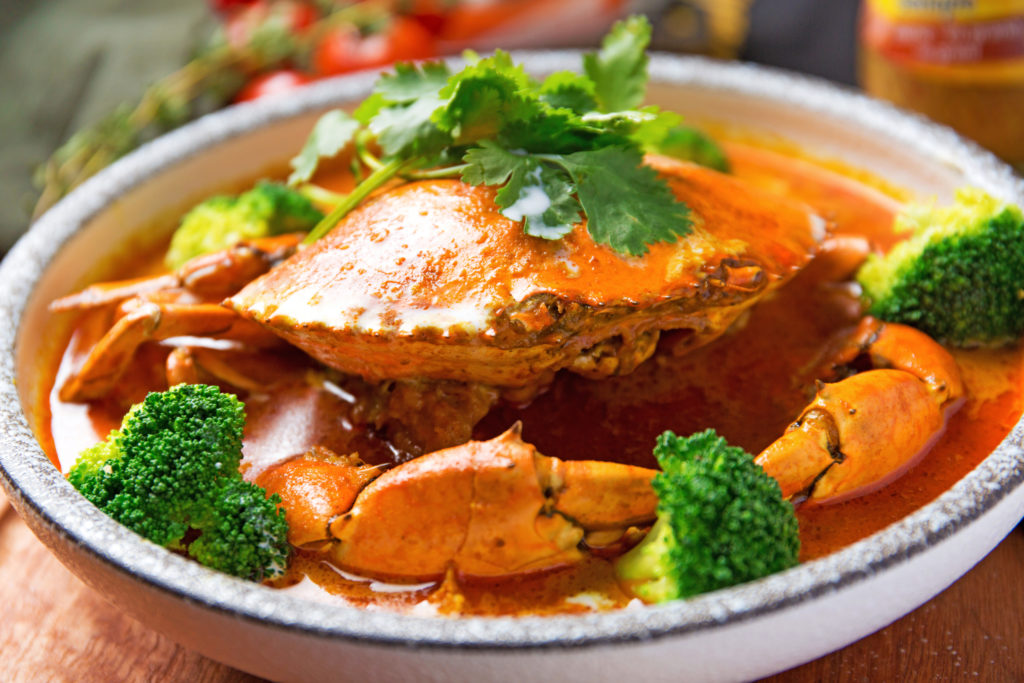
.

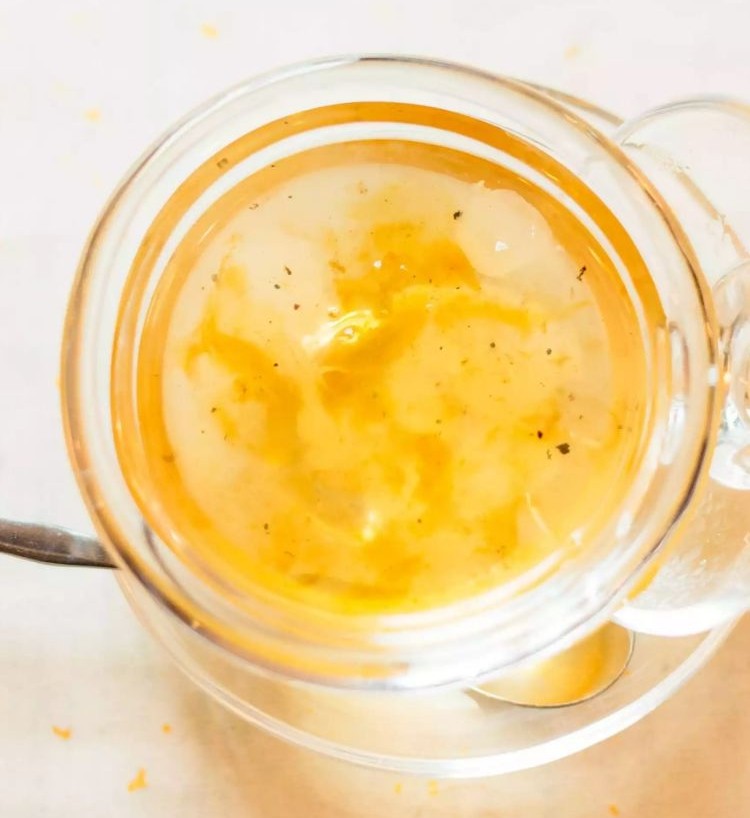
The first records of cricket in China can be found in The Book of Songs, the oldest existing collection of Chinese poetry. Cricket fighting can date back to the Tang dynasty as a game loved by all walks of life, from emperors to ordinary people. Jia Sidao, a grand chancellor in the Southern Song dynasty, complied The Book of Cricket. Today, China’s largest cricket-beeding site in Ningjin county, Shandong province attracts people across the nation to search for the cricket king.
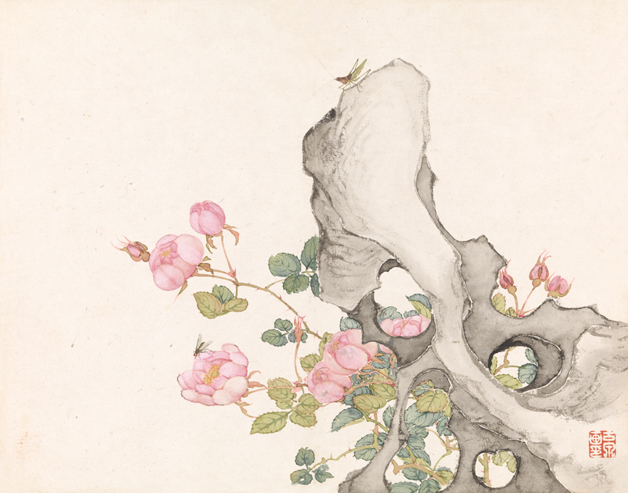
Technique:Ink and color on paper
In the collection of National Art Museum of China
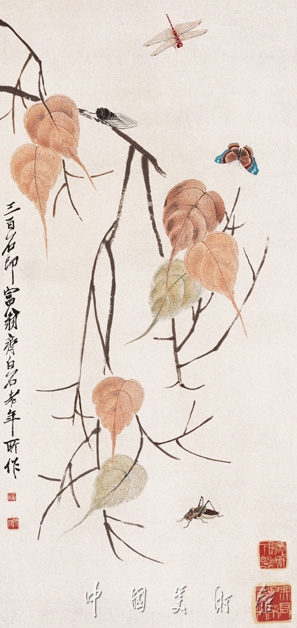
Technique:Ink and color on paper
In the collection of National Art Museum of China
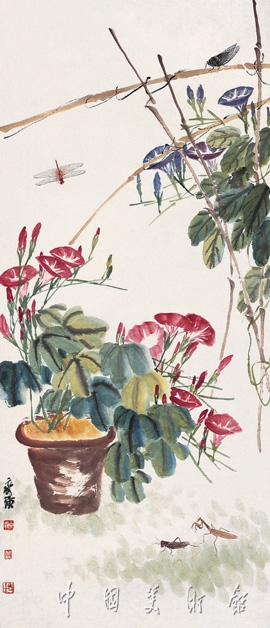
Technique:Ink and color on paper
In the collection of National Art Museum of China
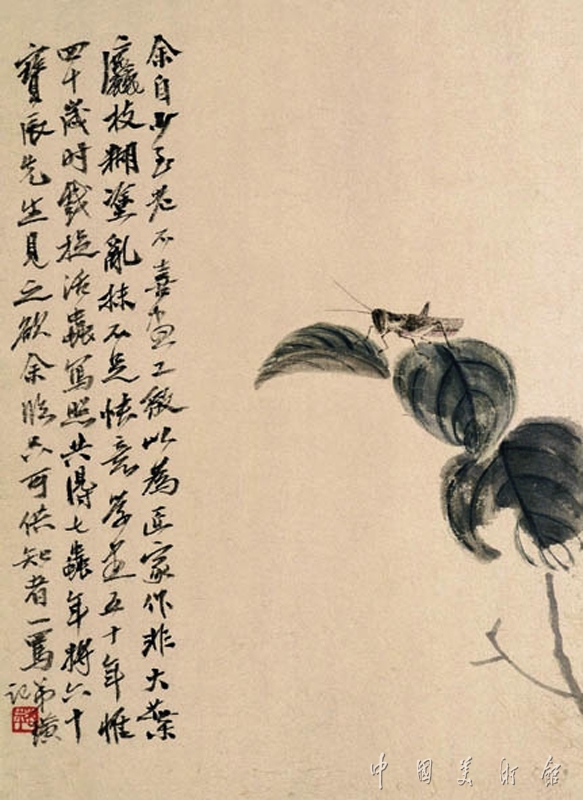
Technique:Ink and color on paper
In the collection of National Art Museum of China
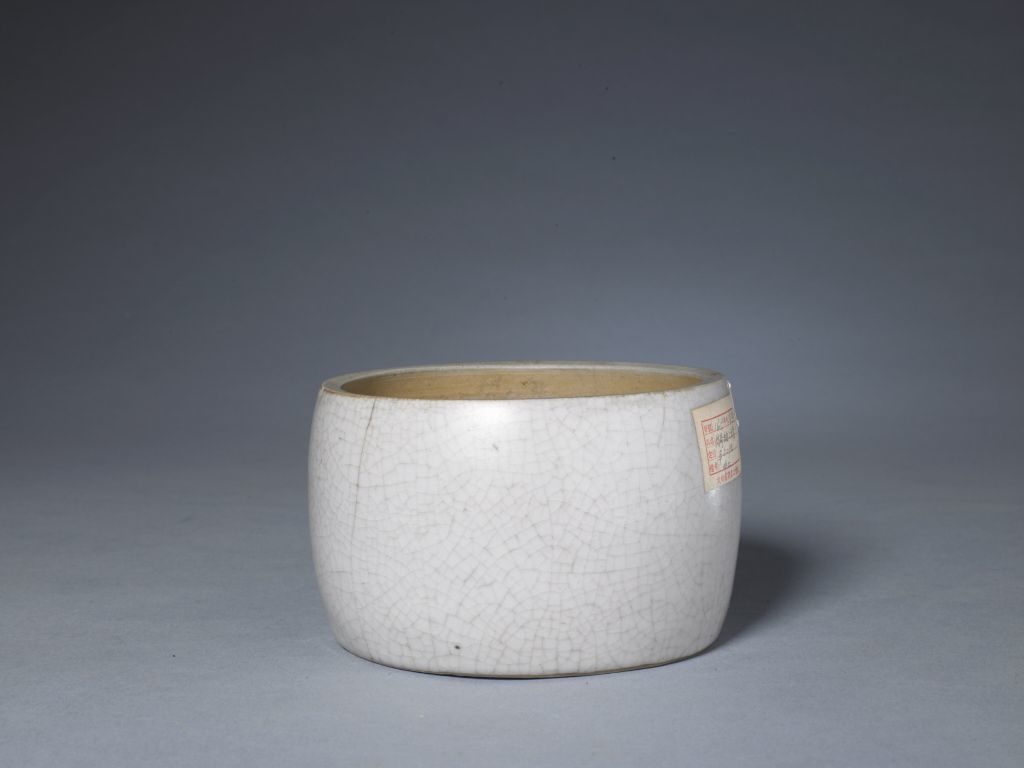 Cricket Jar with Ru Glaze
Cricket Jar with Ru Glaze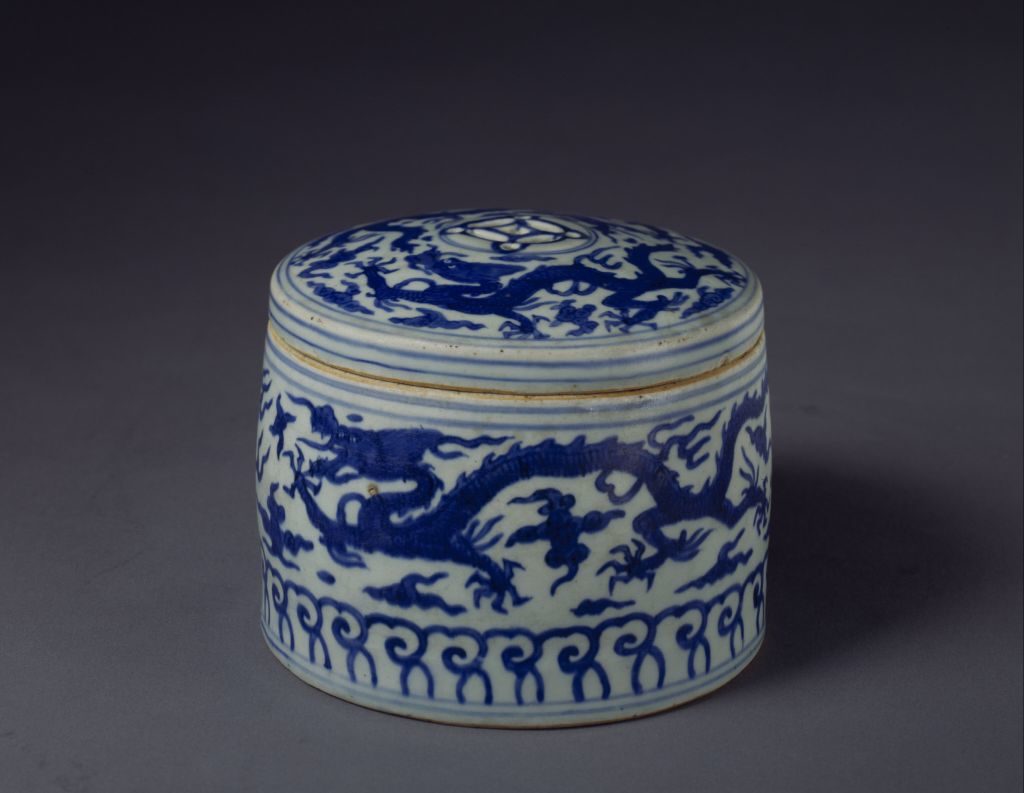
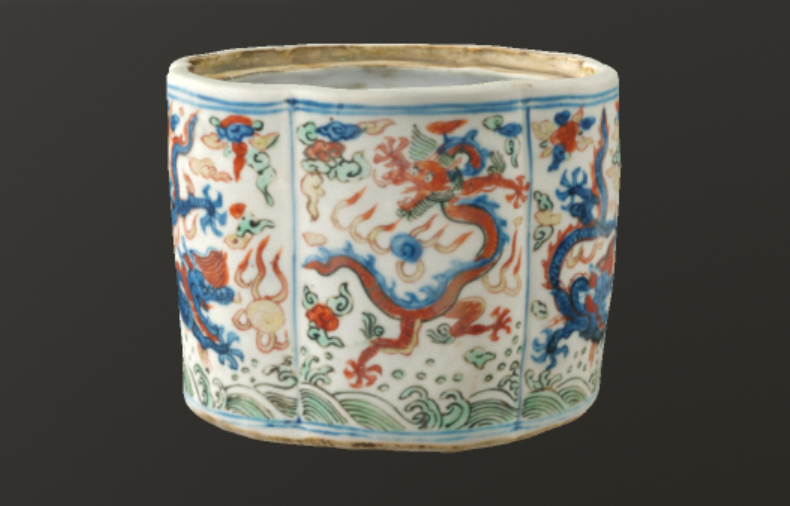
Sources:
http://www.ihchina.cn
贵州省文化和旅游厅
吉林省文化和旅游厅
广西壮族自治区文化和旅游厅
福建省文化和旅游厅
浙江省文化和旅游厅
海南省旅游和文化广电体育厅
故宫博物院
中国美术馆
Facebook: China Cultural Center in Stockholm

